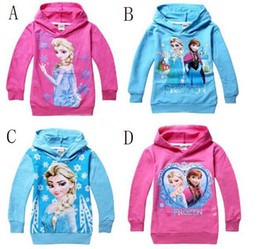Wine Lovers Rejoice at These Spectacular Vacation Spots – But Which Is Best?

Lovers of wine, picturesque scenery, delicious cuisine, and boutique shopping can find enjoyment on vacations to both Napa Valley and Sonoma. But just how different are these locales and the vineyards they’re known for?
Let’s explore locations, wine, and value as we compare the idyllic Sonoma and Napa Valley, California.
Where Is Napa Valley?
Napa Valley is located in northern California, about 50 miles northeast of San Francisco. Two mountain ranges, the Vaca Range and the Mayacamas Mountains, create the valley. The area consists of five towns: Calistoga, St. Helena, Yountville, American Canyon, and the city of Napa. Each has its own unique identity, so carefully choosing Napa hotels matters.
Where Is Sonoma?
Sonoma is a northern California town located about 45 miles directly north of San Francisco and lies just southwest of Napa. Nestled in the Sonoma Valley, the city lies between the Mayacamas and the Sonoma Mountains. The areas are so close together that it is possible to drive between them in far less than an hour. In fact, the southernmost town in Napa Valley lies due east of the city of Sonoma.
What Types of Wine Are They Known For?
According to Visit Napa Valley, the local visitor’s bureau, the area is home to more than 400 wineries and 90 tasting rooms, covering 45,200 acres. Napa Valley is best known for its Cabernet Sauvignon. However, Merlot, Chardonnay, and Pinot Noir are also common varieties produced in the area.
The Sonoma County visitor’s bureau says the area is separated into 18 wine regions that are home to more than 425 wineries. Chardonnay is the most-produced wine in Sonoma, with wineries making more than 66,000 tons of it per year. Pinot Noir, Cabernet Sauvignon, and Sauvignon Blanc are also most commonly produced.
Which Wine Is Better?
When it comes to judging which wine region produces better vino, it all comes down to personal opinion. However, wine lovers who flock to California are most likely there to enjoy red wine – which is more commonly produced than white wine overall.
However, if you’re looking at the wine the regions are known for, visit Napa if you’re more interested in reds, and stop by Sonoma wineries if you prefer white wine. And if you aren’t sure, use this handy guide to these wine varieties.
Bear in mind that similar climates produce similar grape varieties, so there are many similarities between the wine in both areas.
Cabernet Sauvignon: Napa’s top seller! For a bold red wine made from the world’s most popular red wine grape, choose Cabernet Sauvignon. It’s a cross between the Cabernet Franc and Sauvignon Blanc from Bordeaux, France. It’s highly concentrated and ages well. The overall flavor of Cabernet Sauvignon will vary from wine to wine. Some are fruity and rich, while others are savory or smoky. You might love one Cabernet Sauvignon but detest another as a result. In northern California, most producers create wine with notes of blackberry, black currant, tobacco, mint, and, oddly, pencil lead. Most have medium to high tannins that complement the flavor of grilled meat, pepper, and other flavorful meals.
Chardonnay: Sonoma’s favorite! Chardonnay is a medium-bodied white wine with low tannins and is one of the most popular grapes in northern California. Its flavors range from
Hey welcome to my blog . I am a modern women who love to share any tips on lifestyle, health, travel. Hope you join me in this journey!

Speak Your Mind